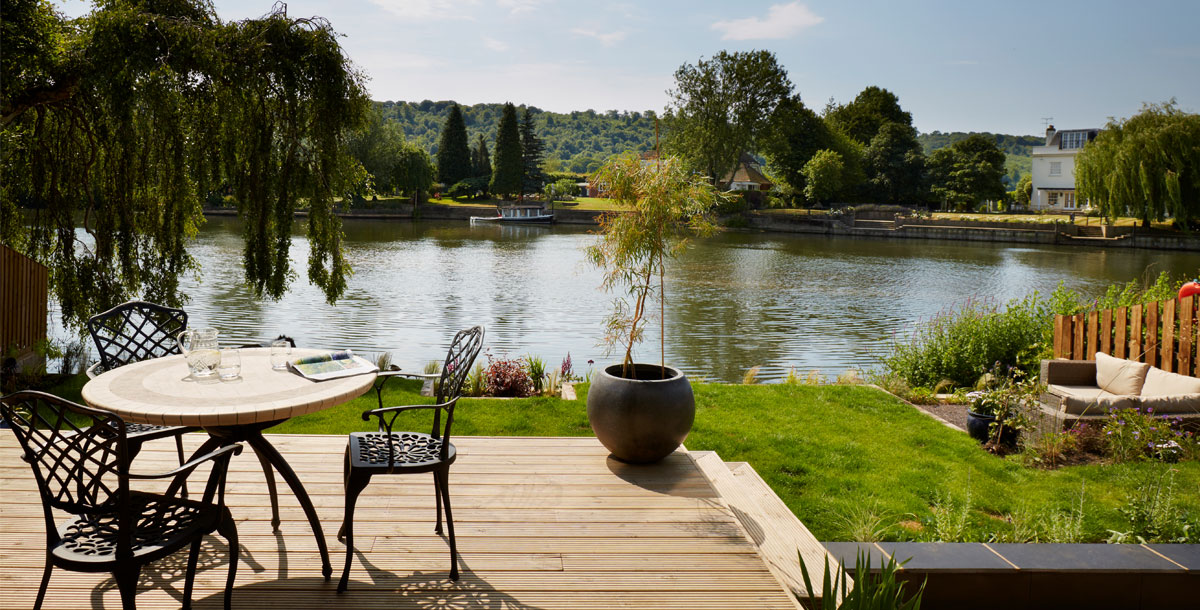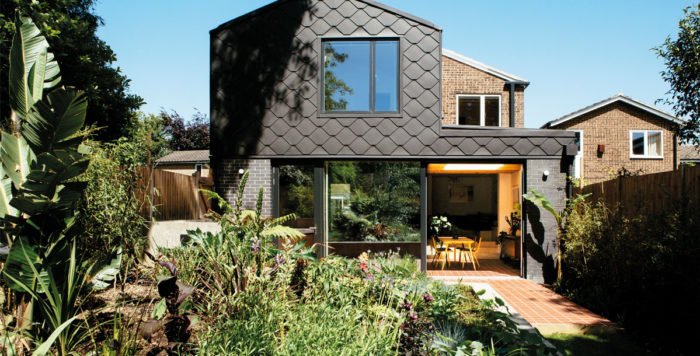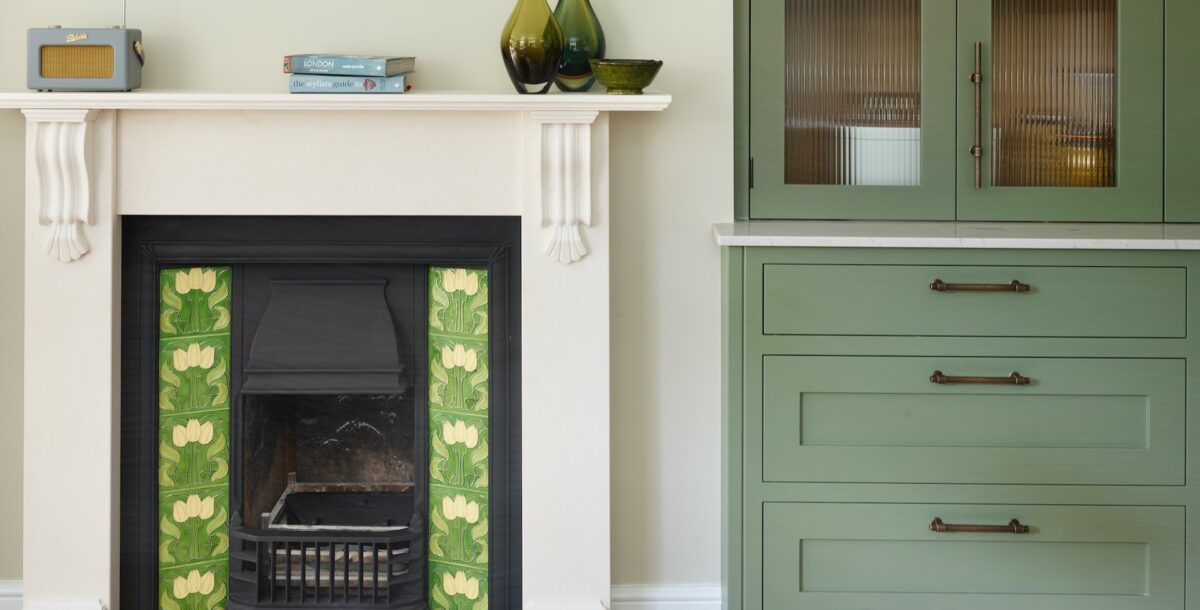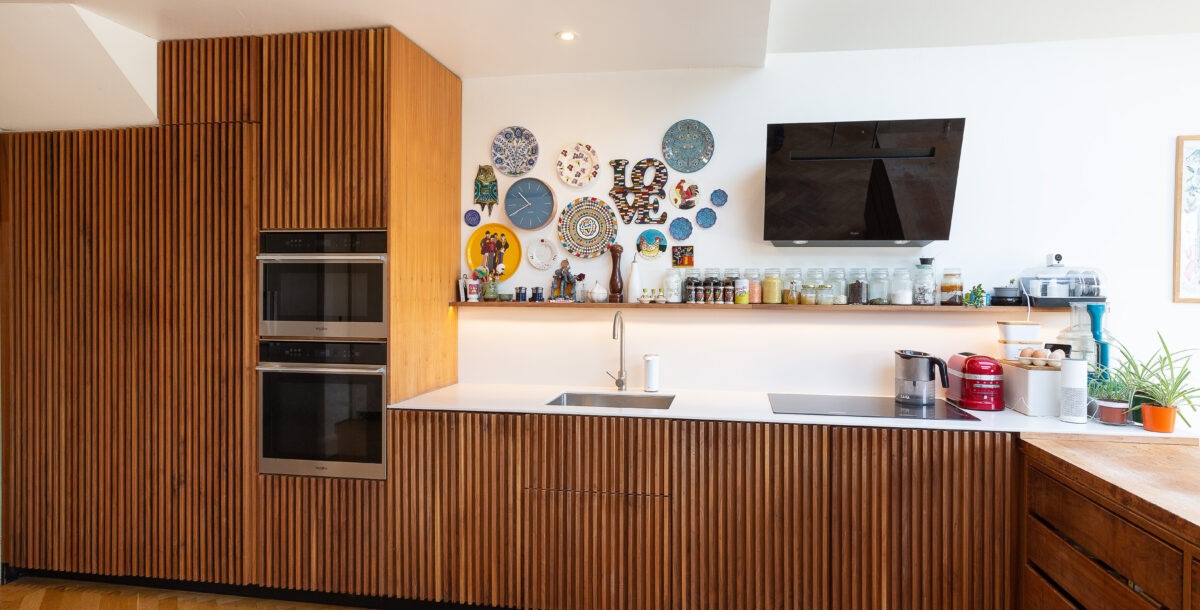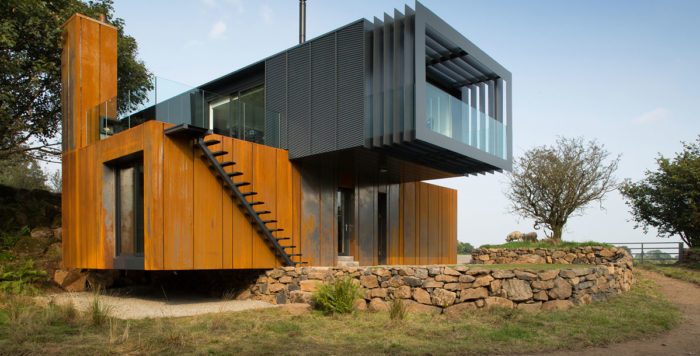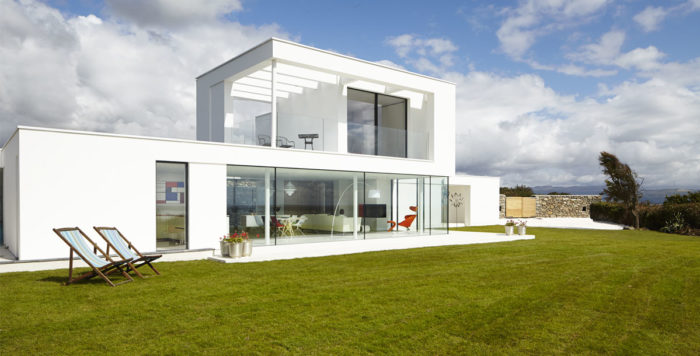How to build a flood-proof house
As flood risks become increasingly prevalent, we take another look at the Grand Designs house designed to be flood resistant
As the UK finds itself in the grip of increasingly extreme weather, Grand Designs magazine takes a look at how the self-builders behind the amphibious home in Buckinghamshire built a flood-proof house…
The Met Office has reported that 2019 was a year of UK weather extremes, including record-breaking high temperatures and significant rainfall. Across the UK, rainfall was above average in March and for most months from June onwards, with several incidences of flooding in the second half of the year. Autumn rainfall records were broken for Nottinghamshire, Lincolnshire and South Yorkshire.
This weather pattern repeated in 2020, with the wettest February on record, the sunniest spring, a heatwave in the summer and a day in October breaking rainfall records. It was not only the UK’s third warmest year, it was also one of the top 10 wettest and top 10 sunniest.
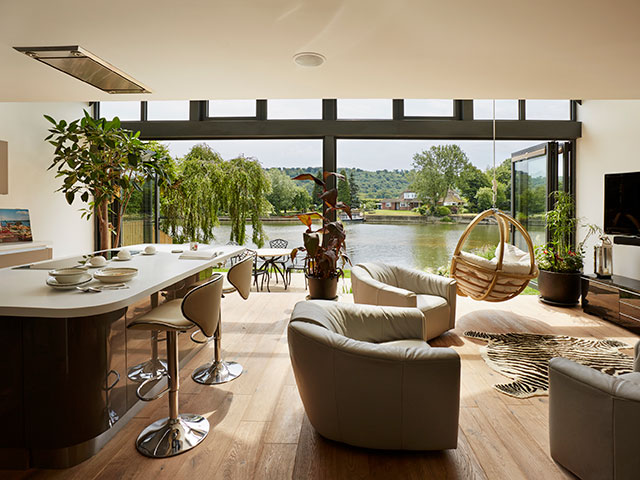
Planning consent for the amphibious home required lengthy discussions with the Environment Agency. Photo: Darren Chung
The latest assessment by UK Climate Projections, the Met Office’s climate-analysis tool, points to a greater chance of ongoing warmer, wetter winters – so with rainfall levels set to increase, what can be done to protect the one-in-six homes in England currently at serious risk of flooding? As the UK becomes wetter, there’s little doubt that investment is needed in innovative design and construction solutions for flood risk areas.
Self-builders considering buying a plot can check the Environment Agency flood maps to check the site’s risk level. But building a home that can adapt to rising water is possible, as demonstrated by Grand Designers Andy and Nicki Bruce’s amphibious house back in 2014, a UK-first designed by Baca Architects.

